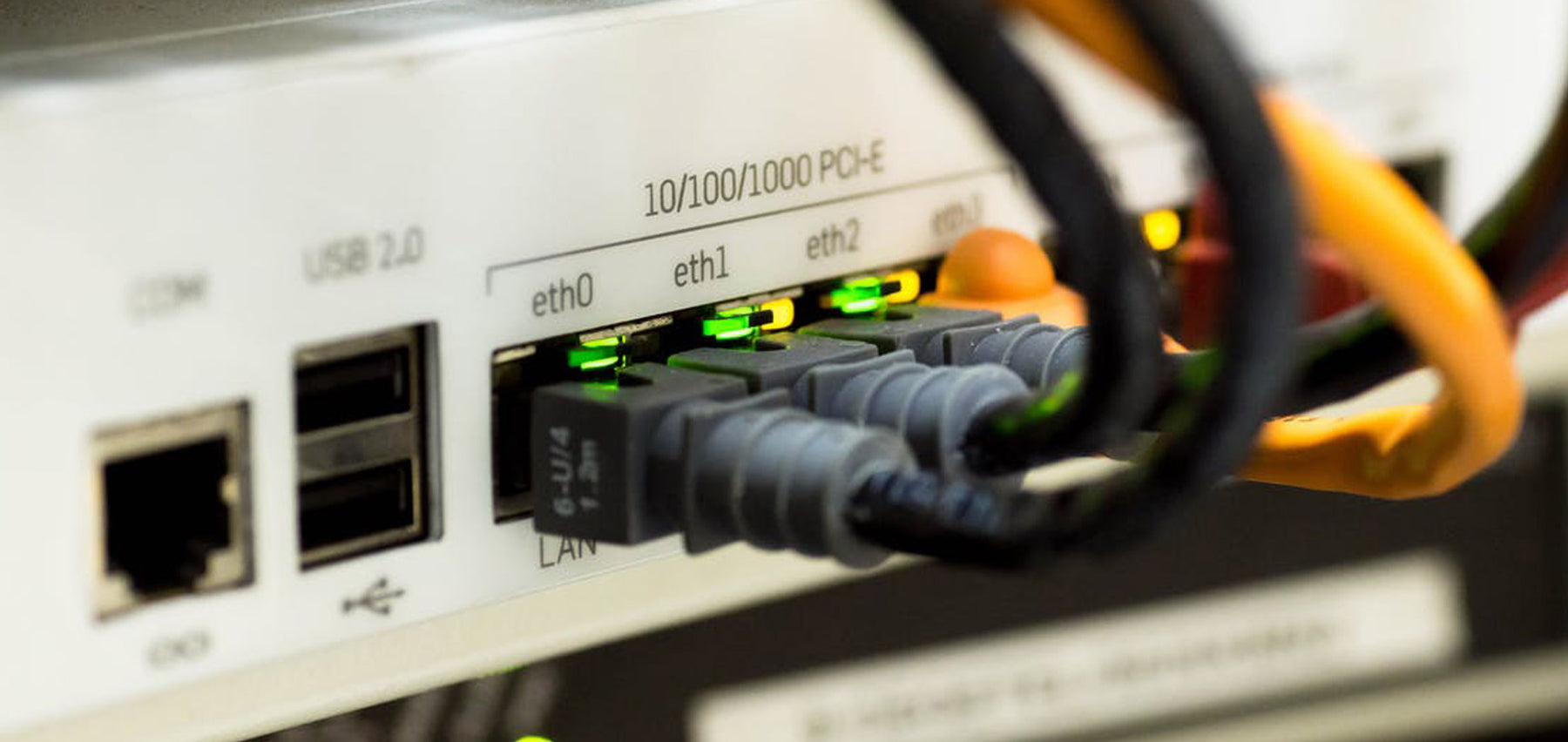
Unraveling the need for shielded or unshielded cables
Have you ever needed to install or update your network infrastructure? Did you know that network cables are important part of signal connectivity, and they play a crucial role in ensuring connectivity in many different application environments? When you’re dealing with copper cabling, choosing the level of shielding you want the cable to have can prove to be an obstacle within itself because of confusing acronyms and puzzling industry technology. There are many network cables, and you have several choices based on their construction and design. These cables are usually categorized into 2 classes, which are shielded cables and unshielded cables in regards to their construction. How do the cables differ from each other? Which is the right cable for your application? We’ve put together this handy guide to help you understand the meaning of some of the most common terms.
You might ask yourself, why do I need more shielded protection added to my copper or Ethernet cables. The clear cut answer to this is (EMI). This acronym stands for electromagnetic interference and is described as “the interface cause by the installation’s environment”. This can be caused by nearby motors, air conditioners, generators, and in an office setting such as printers or the fluorescent lights. EMI causes crosstalk to occur between circuits. Crosstalk can be defined as “the unintentional transmission of a signal from one cable to another”. Crosstalk usually results in degradation of data, increased errors and slower transmission rates.
The shielding inside your cable serves as a barrier to protect the cable from electromagnetic interference, radio frequency interference (RFI), and crosstalk. The shielding also helps to prevent the signal from the cable interfering with other surrounding equipment in the application’s environment. There are several levels of shielding that have different advantages suitable for a number of applications.
Shielded VS Unshielded Cables
Shielded Cables (STP) cables are individual wire pairs wrapped in a foil. These pairs are wrapped one more time to provide double protection. These cables are usually for noisy environments where chances of EMI to occur are high. Some settings can be a radio station or airport. They are used in security systems, twisted pairs can be found in recording studies which balance audio configuration. These cables also help against environmental elements and abuse that it may otherwise not withstand in an industrial environment. This means the cables have fewer chances of being damaged from scraps, spills, or moisture.
Unshielded Cables (UTP) are individual wire pairs simply wrapped in a foil, without any additional layer of protection. Unshielded cables are ideal for office environments, which experience less traffic. Main advantage of using these types of cables is that they don’t need grounding, which helps save on installation time and costs. This grounding term refers to another wire/cable needing to be added to the wire footprint, the grounding wire is what helps prevent EMI.
Types of Shielded Cables
Braided Cables which feature mesh of woven copper wires. The braids do not offer complete shielding, but they are comparatively more durable than foil shielded cables. Their shielding capability is entirely dependent on the type of weave they have. However, it may add to the cost and footprint of the cable. The copper shielded cables are ideal for industrial environments.
Metal-coated and Foil Shielded Cables feature a thin sheet of aluminum or copper which is bonded to polyester to improve the cable strength. This shielding is referred to as tape shielding and it promotes 100% protection to the conductor wire. The foil shielded cables are a common choice for noisy retail or busy office environments.
Please see below list and links to our product lines in the various levels of shielding that we have to offer.
U/UTP: UNSHIELDED TWISTED PAIRS
https://primestructuredcable.com/products/bc11009003?_pos=15&_sid=cac039e3b&_ss=r
F/UTP: FOILED WITH UNSHIELDED TWISTED PAIRS.
https://primestructuredcable.com/products/bc11009031?_pos=1&_sid=0bac402fe&_ss=r
S/UTP: SHIELDED WITH UNSHIELDED TWISTED PAIRS.
https://primestructuredcable.com/products/bc11009011?_pos=3&_sid=392d08b68&_ss=r
SF/UTP: SHIELDED AND FOILED WITH UNSHIELDED TWISTED PAIRS.
https://primestructuredcable.com/products/bc31010102?_pos=1&_sid=fa5ba69ea&_ss=r

Leave a comment